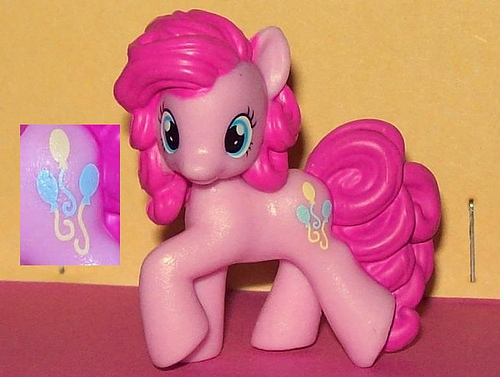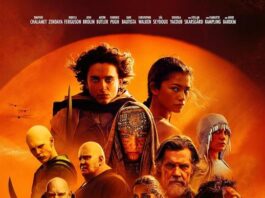By Karen Aney (The Cascade) – Email
Print Edition: January 25, 2012
In early October 2010, a new television network launched called “The Hub.” Owned partially by well-known toy company Hasbro, it features cartoons that overwhelmingly focus on existing consumer goods. The most popular of these, perhaps, has become My Little Pony: Friendship is Magic. The show owes much of its success to a cult following earned from the darkest, dankest corners of the internet.
The trend was kicked off with an article on cartoonbrew.com, titled “The End of the Creator-Driven Era in TV Animation.” In the article, the writer lamented the advent of the new network and its shows, saying “the network’s debut closes the curtain on what has commonly been referred to as the creator-driven era of TV animation.” The article goes on to basically write sonnets about such crass cartoons as Family Guy and The Simpsons, implying that these shows are successful because they are creator—not consumer—driven.
The issue with that stance is while the shows may have initially been creator-driven, they are not as much anymore. Family Guy t-shirts are available everywhere from Wal-Mart to HMV, and The Simpsons are popular enough that completely valid sociological studies can be made of them (see UFV’s class calendar for more on this). Television—particularly animated television—is a moneymaking venture. Artistic vision, unfortunately, is secondary to making money.
Shows like My Little Pony represent light in the darkness, though, as they represent the integration of social media into entertainment. This particular show has a large cult following who call themselves Bronies – adult men who are ardent fans of the show. Together with their female counterparts, Pegasisters, they have fan sites, conferences (BronyCon), and an incredibly persistent meme that permeates popular websites such as 4Chan and Reddit.
Bronies tend to occupy /co/, the cartoon portion of 4Chan. There, they discuss the show and create images that worm their way into other areas of the internet. These images can cite certain Bronies lingo – such as “Brohoof,” an alternative to a high-five, or use lines directly from the show. An often utilized example of this is the “20 per cent more…” line. In a show, a character named Rainbow Dash says that “[something] needs to be 20 per cent more awesome.” At first, images merely quoted this line, but now, it’s not uncommon to see Bronies state that a certain thread just got 20 per cent more lame or ask for 20 per cent more cheese on their cheesy nachos that they will consume in their mother’s basement.
The apparent mascot of the Bronies trend is a pony nicknamed “Derpyhooves.” The moniker is derived from the word derp, defined in the Urban Dictionary as “a simple, undefined reply when an ignorant comment or action is made.” The folks that did create it have said that Derpy was initially an inside joke, and basically appeared as a mistake and not as an offensive portrayal. A confirmed employee of the layout department for the show began interacting with 4Chan users, and explained: “The scene was originally framed so that you couldn’t see her face. A revision was called on it, and there she was. Looks like she was a complete inside-joke for whoever set up or animated the scene. She almost didn’t exist.”
Almost was enough for the Bronies, however. Fan art of Derpyhooves began to flood the internet, including the DeviantArt profile of developer Lauren Faust (also known as the creator of the Powerpuff Girls). She and her colleagues were thrilled with the fan reaction, and Derpy (as she is referred to by show staff) was made into a regular character with a tendency to be adorably stupid. This marks the transition that we’ve alluded to here: a cult following of a children’s show, developed online, has literally began to dictate portions of the storyline.
Yes, the show was created for a network owned by a toy company. It’s obvious that, at its heart, it’s driven by the desire to sell toys and make money. However, the society of the Bronies suggests that the culture of social media has the power to dictate such things. Rather than being a “slave to the man,” the “man” is becoming a slave to pale computer geeks sitting in their mom’s basement. Join the movement; there are even Bronie meet-ups that happen once a week in Vancouver. As the Bronies say, “Welcome to the Herd.”




